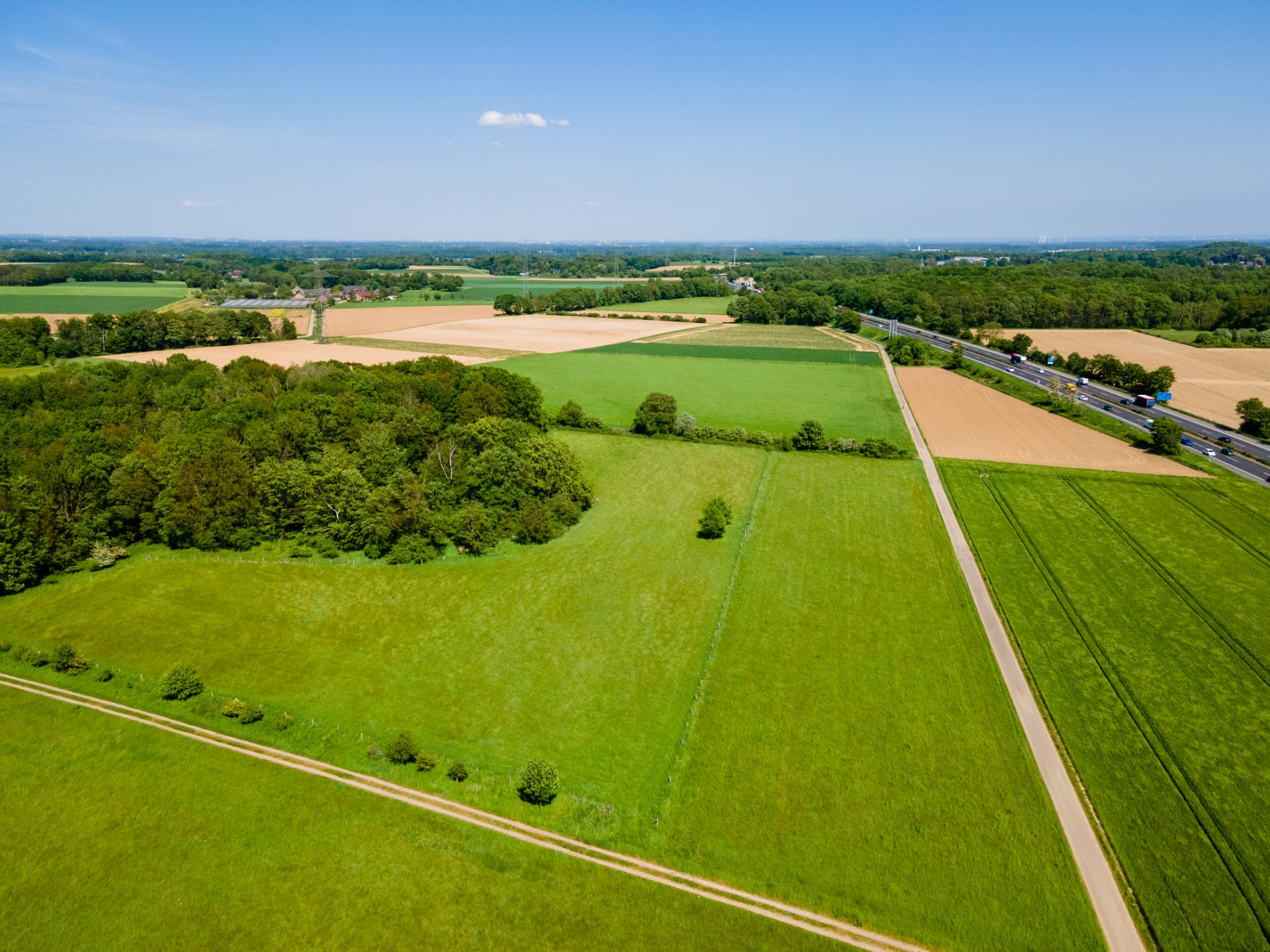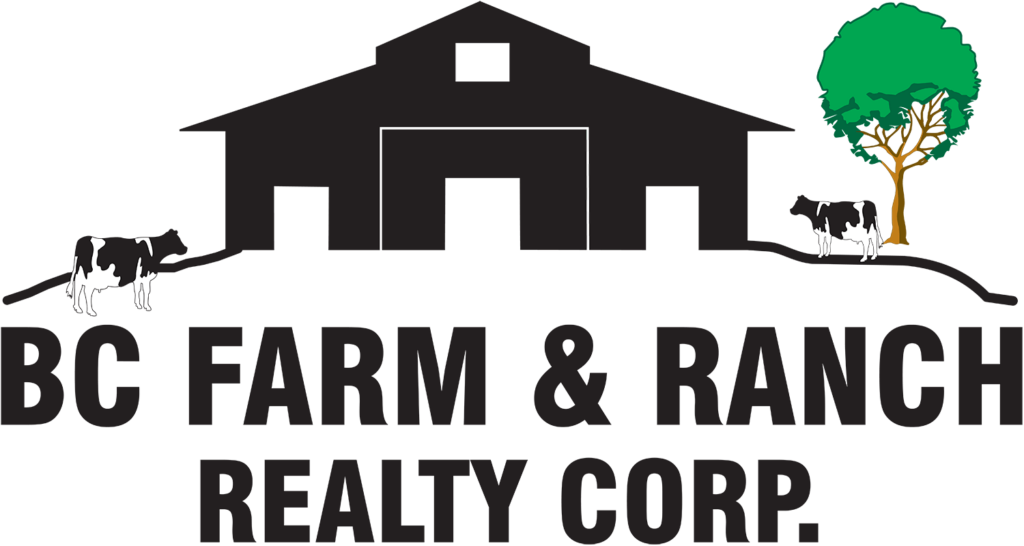One of the main draws to acreage living for a lot of people is that ability to move off grid and become more self-sufficient. Implementing things like fruit, veggie, and herb gardens, while also raising small livestock is a great first step in this direction. In today’s blog post, we are going to cover how you can achieve full self-sufficiency on your acreage property.
Planning Your Self-Sufficient Lifestyle
Before you jump into projects, it’s important to outline your goals and take stock of your property’s resources. Think about your long-term vision—whether it’s producing your own food, generating your own energy, or living entirely off-grid. A solid plan helps keep your efforts focused and manageable as you take on new challenges.
Growing Your Own Food
Producing your own food is one of the most rewarding parts of acreage living. From vegetable gardens to fruit trees and herb beds, there’s a lot you can do with even a modest amount of space. Over time, you can expand your setup to include greenhouses or food preservation methods, giving you access to fresh, homegrown ingredients year-round.
Raising Animals for Sustainability
If your property allows, raising small livestock can significantly boost your self-reliance. Chickens, goats, or even a couple of pigs can provide a consistent source of eggs, milk, and meat. Animals also contribute to a natural cycle of compost and waste management, helping you create a more balanced ecosystem on your land.
Creating Your Own Power Supply
Self-sufficiency also means reducing your dependence on external energy sources. Many acreage owners turn to solar power or wind systems to supply electricity to their homes and outbuildings. It may take an upfront investment, but generating your own power pays off in the long run—especially in remote areas where grid access can be limited.
Ensuring a Reliable Water Source
Water is essential for drinking, growing food, and caring for animals. If your acreage has a well, rain collection system, or access to a natural water source, you’re already ahead. Installing proper filtration and storage systems ensures that your water remains safe and usable in all seasons.
Managing Waste Effectively
Being self-sufficient also means taking responsibility for the waste you generate. Composting food scraps and yard waste helps build nutrient-rich soil for gardening, while greywater systems can be used to recycle household water. Many acreage owners opt for composting toilets or off-grid septic systems to handle waste efficiently and sustainably.
Building Skills and Staying Connected
True self-sufficiency involves more than just tools and systems—it’s also about gaining knowledge and confidence. From basic carpentry to first aid and food preservation, every skill you learn reduces your dependence on outside services. At the same time, staying connected with other acreage owners or local groups can offer support, advice, and a sense of community as you navigate your journey.
Final Thoughts
While a lot of these steps to self-sufficiency may take some time to properly implement, like starting your own fruit and veggie farm and even setting up your own power source. By making small progress on these day by day, you will be self-sufficient sooner than you may think!
If you have questions about acreage properties here in the Fraser Valley, contact us today for more information.






